New hi-tech emergency response beacons to help lifesavers keep the coast safe
New hi-tech emergency response beacons that can spot people drowning in the surf and deliver shark alerts are being rolled out across the NSW coast this summer.
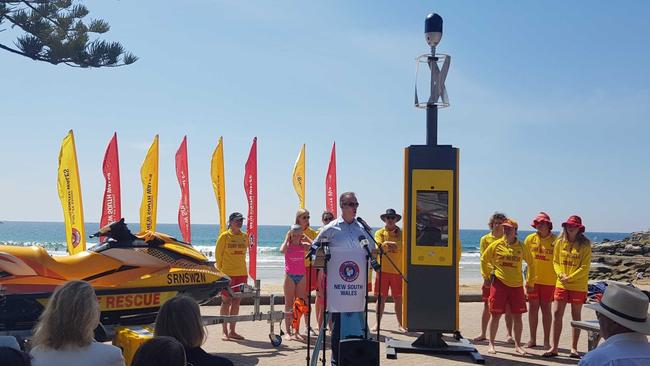
Fairfield
Don't miss out on the headlines from Fairfield. Followed categories will be added to My News.
In what could be a world-first, new technology that can spot a swimmer struggling up to 500 metres offshore will be rolled out across NSW beaches in a bid to save lives this summer.
The cutting-edge emergency response beacons (ERB) feature a camera to monitor those in the water, a shark warning system and first aid instructions.
The first beacon is expected to be installed at Manly’s Shelly Beach within the next month and then at Snapper Point on the Central Coast and Kiama’s blowhole on the South Coast.
Snapper Point’s Frazer Park Beach, a popular spot among rock fisherman, has been the site of 13 drownings since 2010.
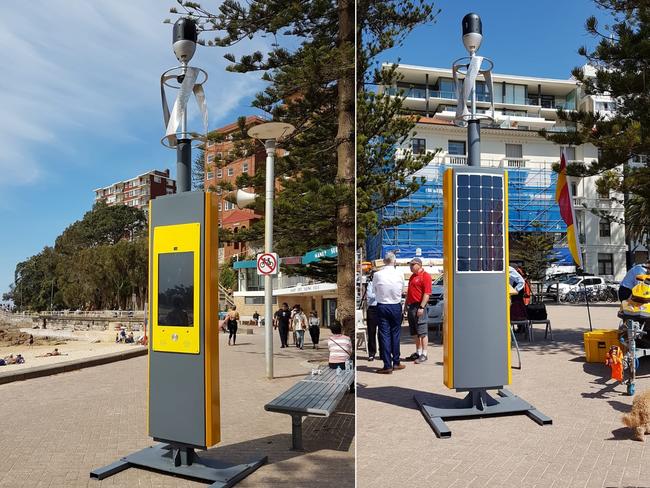
A total of 35 beacons will be rolled out across the coast in the next four years with 10 due to be installed this year.
The plan is also to put the beacons at secluded and unpatrolled beaches, which often have weak or no smartphone reception.
At the opening of the patrol season in Manly, Surf Life Saving NSW president George Shales said that the new technology would allow a bystander to push a button for help.
“(It will) be directly linked to our operation centre where we can dispatch the most appropriate life saving resources to save a life,” he said.
“A camera on the beacon can be activated by our operators, giving them the ability to view the emergency unfolding so they can better direct response assets.”
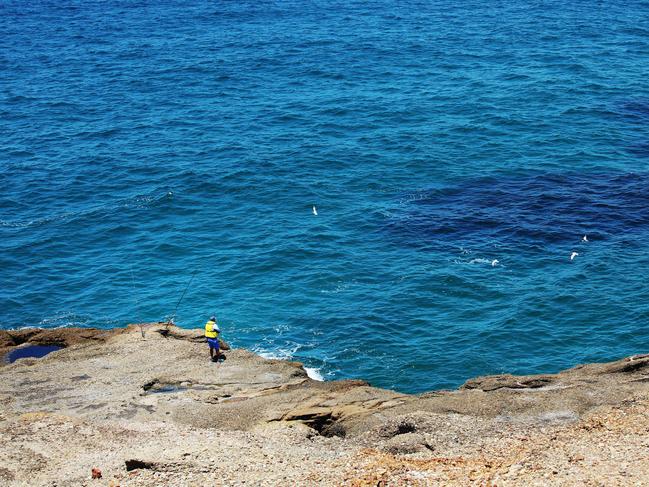
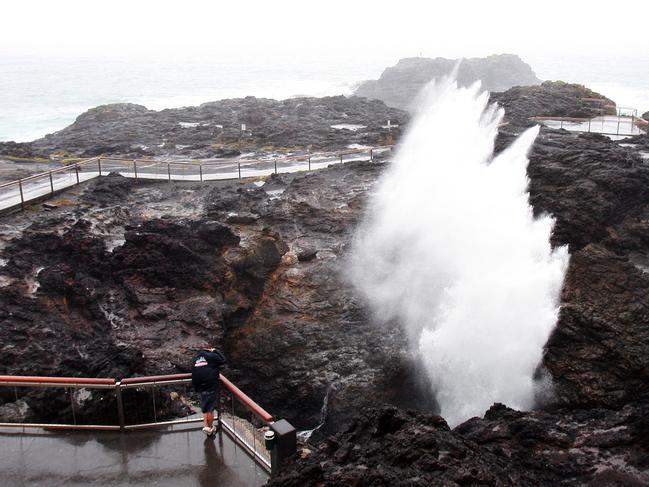
Whereas older smart beacons worked more like an intercom, allowing people to speak over an audio connection, the ERBs use a suite of interconnected technologies to empower remote lifesavers and people on the scene.
Shark warnings will be fed to their large digital displays by plugging into data from the State Government’s Shark Smart technology. First aid instructions, beach safety warnings and weather information will also be presented in an easy-to-read interface.
The beacons are wireless and self-sufficient; a wind turbine and solar panels to provide their power.
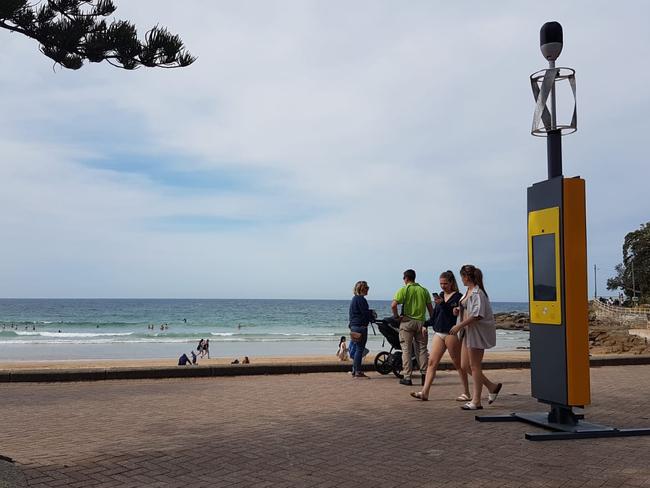
They were designed and developed by Orion Integration, a “moonshot” business known for testing longshot technologies, with specialties in drones, camera systems and robots.
“We have a full time team now dedicated to this project,” Jonathan Nguyen said, the company’s director. The team will work on maintaining and innovating the fleet of ERBs.
“I’m sure they’ll look very different in five years,” he said.
The concept is gaining traction as other government departments consider investing in the technology. The Royal Life Savers are considering their use nearby inland rivers.
“With all high tech acquisitions, if it works really well, they’ll want it everywhere,” Mr Nguyen said.
